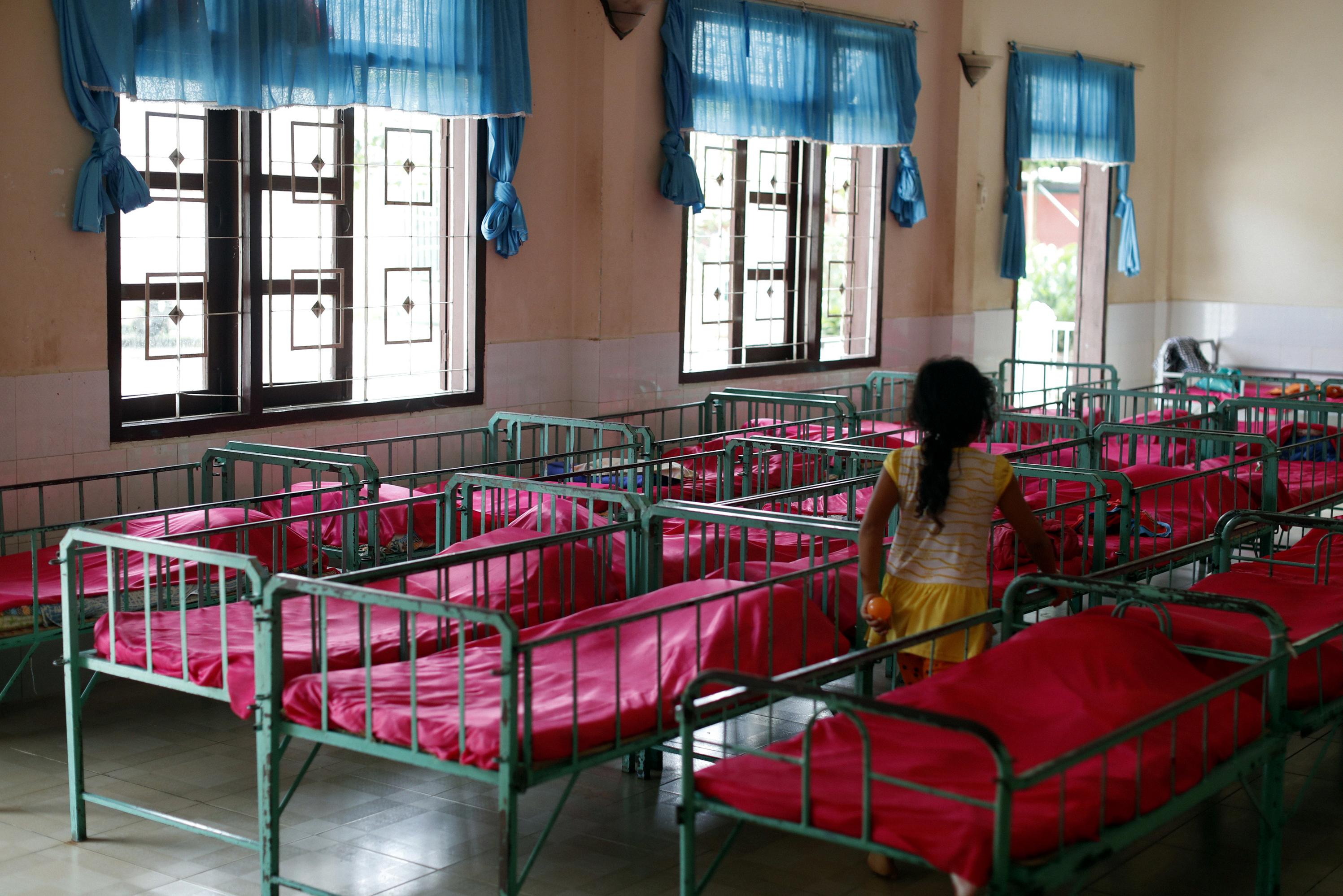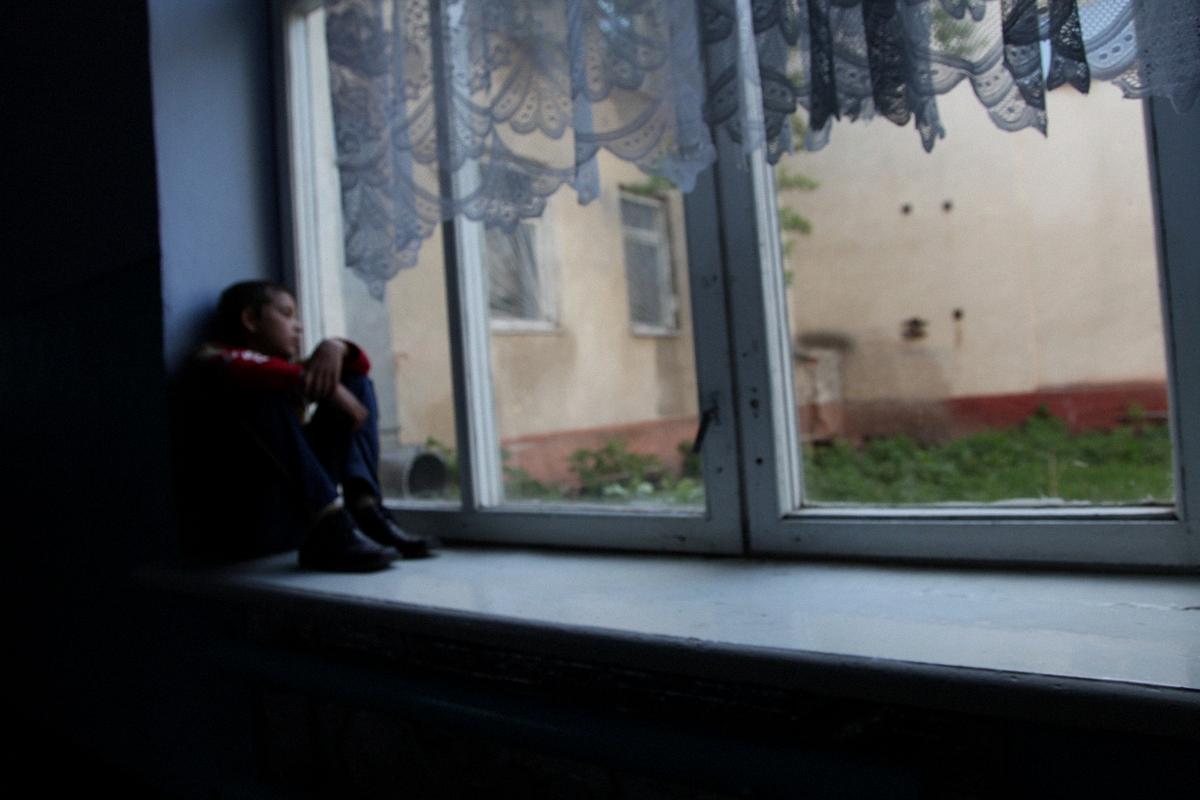Orphanages have been a part of our society for centuries, providing a home for children who have been abandoned, neglected, or are unable to live with their families. However, with the changing times and the advancement of child welfare systems, the existence of orphanages has come into question. So, do orphanages still exist?
The answer is yes, orphanages still exist, but they are becoming increasingly rare. In developed countries like the United States, Canada, and Western Europe, orphanages have been phased out in favor of foster care systems, which provide a more family-like environment for children. In fact, the last of the traditional orphanages in the United States were closed in the 1960s, and sine then, the foster care system has taken over as the primary means of caring for children who cannot live with their families.
However, in many developing countries, orphanages are still common. According to ReThink Orphanages, a non-profit organization working to prevent unnecessary child institutionalization, countries like Nepal, Kenya, Ghana, Cambodia, Tanzania, Uganda, South Africa, India, Peru, and Costa Rica are some of the places where orphanages are still prevalent.
But why are orphanages still in existence in these countries? The answer lies in the lack of resources and infrastructure in these regions. Many families in these areas are unable to provide for their children due to poverty or other socio-economic factors, and as a result, they turn to orphanages as a means of ensuring their children have their basic needs met.
However, the existence of orphanages in these countries has led to the rise of orphanage tourism, where well-meaning volunteers and tourists visit these institutions to help out, unaware of the harm they may be causing. In many cases, these orphanages are run as businesses, with children being exploited for profit, and their rights and welfare being compromised.
While orphanages still exist in some parts of the world, they are becoming increasingly rare in developed countries. However, the need for proper care and support for vulnerable children is still present in many areas, and it is important to address this issue in a way that puts the welfare of the child first. By supporting community-based initiatives and investing in family-based solutions, we can work towards a world where every child has a safe and loving home.
The Absence of Orphanages in the United States
There are no orphanages in the United States for a variety of reasons. In the early 1900s, the government began monitoring and supervising foster parents, which led to a shift towards family foster care. By the 1950s, there were more children in family foster care than in orphanages. As a result, the government began funding the foster care system in 1960, which further contributed to the decline of orphanages in the United States. Additionally, there has been a growing understanding of the negative effects of institutional care on children’s development, leading to a greater emphasis on placing children in family-like settings. Today, foster care is the primary system for providing temporary care for children who are unable to live with thir biological families. Overall, the shift away from orphanages towards family foster care has been driven by a desire to provide children with more stable and nurturing environments.

Source: npr.org
Are Orphanages Still Relevant in Today’s World?
Yes, orphanages still exist in many parts of the world, though their prevalence has decreased in developed countries over the past few decades. Government-run orphanages, which were once common in many countries, have been phased out in many developed nations. Instead, many of these countries have shifted towards foster care and adoption as the primary means of caring for abandoned or orphaned children. However, in many developing countries, orphanages remain a common form of child care. These institutions are oten run by non-governmental organizations or religious groups and are often underfunded and understaffed. While orphanages can provide a safe and stable environment for children who have no other options, they are often criticized for their institutional nature and lack of individualized care.
Orphanages Around the World: A Look at Which Countries Still Have Them
Many countries around the world still have orphanages, which are institutions where children who have lost their parents or have been abandoned are placed. The countries where orphanages are most common include Nepal, Kenya, Ghana, Cambodia, Tanzania, Uganda, South Africa, India, Peru and Costa Rica. These countries have a high number of orphanages, and unfortunately, some of them are not adequately equipped to provide the necessry care and support for the children living there. It is important to note that the existence of orphanages does not necessarily mean that they are the best solution for children without parental care. In fact, research shows that keeping children with their families or in family-like settings is generally better for their well-being and development. Efforts are being made by organizations like ReThink Orphanages to prevent family separation and unnecessary institutionalization of children, and to promote alternative care options that prioritize the needs and rights of children.
Number of Orphanages in the United States
As of 2022, there are 9,172 Orphanages & Group Homes businesses operating in the United States. This is a 3.6% increase from the previous year, indicating a growing need for such institutions to provde care for children in need. Orphanages and group homes serve a vital role in providing a safe and nurturing environment for children who are unable to live with their families for various reasons. These institutions offer a range of services, including food, shelter, education, medical care, and emotional support. The number of orphanages in the US is constantly changing, as new facilities are established and existing ones are closed or merged. However, the overall trend suggests that the demand for such services continues to grow, highlighting the ongoing need for organizations and individuals to support vulnerable children in our society.
The Fate of Unadopted Children in Orphanages
Kids who are not adopted from orphanages often end up in foster care or group homes. Unfortunately, many of these children may end up being passed around to multiple homes until they age out of the system at 18-21 years old. Studies have shown that children with disabilities, including learning disabilities, are twice as likey to age out of the system.
Once these children have aged out, they often face daunting challenges as they transition to adulthood. They may struggle to find stable housing, employment, and education opportunities. Many of these vulnerable young adults end up facing life alone, without the support or guidance of a family or caregiver. This can lead to a host of negative outcomes, including poverty, homelessness, substance abuse, and mental health issues.
It is important to remember that every child deserves a loving and stable home. Organizations and individuals can help by advocating for adoption, fostering, and supporting children in the foster care system. By providing these children with the resources and support they need, we can help them build bright and successful futures.

Source: wearelumos.org
Number of Orphans in the United States by State
It is important to note that the term “orphans” is not commonly used in the United States child welfare system. Children who are in need of foster care or adoption are typically referred to as “children in foster care.”
With that said, the state with the highest percentage of children in foster care is West Virginia, with 1.97 percent of their child population in foster care. It is important to note that this does not necessarily mean that all of these children are without parents or legal guardians. Children may enter foster care for a variety of reasons, such as neglect or abuse, and may have parents or guardians who are working towads reunification with their child.
It is also important to note that each state has its own child welfare system, and the percentage of children in foster care can vary widely from state to state. The state with the lowest percentage of children in foster care is New Jersey, with 0.23 percent of their child population in foster care.
Modern Alternatives to Orphanages
Orphanages, as they were kown in the past, have been replaced by modern boarding schools, residential treatment centers and group homes. In the United States, foster care has become the most common form of support for children who are waiting for adoption or reunification with their families. While orphanages no longer exist in their traditional form, there are still institutions that provide care for children who are unable to live with their families. These institutions may be called children’s homes, residential care facilities, or group homes. The main focus of these modern institutions is to provide a safe and nurturing environment for children and to help them develop the skills they need to succeed in life.
Are Orphanages Illegal in the United States?
Orphanages, as traditionally understood, are not illegal in the United States. However, the concept of orphanages has evolved significantly over time. Today, most children who are without parents or guardians are placed in foster care, group homes, or oter forms of residential care. The shift away from large-scale institutional care for children began in the mid-1900s as research showed that children fare better in family-like settings. Additionally, there were numerous reports of abuse and neglect in orphanages, leading to a growing movement to reform the system. As a result, many states have closed down their orphanages and shifted towards smaller, community-based care models. Today, there are strict regulations in place for any residential care facility that houses children, whether it is called an orphanage or not. These regulations aim to ensure the safety, well-being, and development of children in care.
The Age at Which an Orphan Ceases to Be
According to UNICEF and its global partners, the definition of an orphan is a child under 18 years of age who has lost one or both parents to any cause of death. Therefore, once a child reaches the age of 18, they technically are no longer considered an orphan. However, it is important to note that the emotional impact of losing a parent can last a lifetime and may continue to affect an individual well into adulthood. Additionally, some countries may have different legal definitions of when a person is no longer considered an orphan.

Source: consideringadoption.com
The Country With the Highest Number of Abandoned Children
According to the latest statistics, India has the largest number of abandoned or orphaned children among all countries in the world, with a staggering 31 million children in need of care and support. This is a significant number, accounting for over 40% of the total number of orphans in the world. The reasons for this high number of abandoned children in India are complex and varied, ranging from poverty, social inequality, inadequate healthcare and education systems, to cultural and religious beliefs. It’s worth noting that othr countries in Asia and Africa also have significant numbers of abandoned children, with a total of 71 million in Asia and 59 million in Africa.
Countries That Do Not Allow Adoption
There are several countries that have either temporarily or permanently suspended international adoption, making it difficult or impossible for families in the United States to adopt children from thoe countries. For example, Vietnam, Nepal, and Guatemala are among the countries that the U.S. government has forbidden adoption from due to concerns over fraud, corruption, and child trafficking. However, it is important to note that adoption agencies in the United States are still able to work with many other countries to help families in their adoption journey. It is always recommended to work with a reputable adoption agency and consult with an adoption attorney to navigate the complex legal requirements and regulations associated with international adoption.
Exploring the World’s Best Orphanages
There are countless orphanages worldwide, each with its own unique mission and approach to caring for orphaned children. However, there are severl highly regarded organizations that provide exceptional care for orphans, including Orphans International Worldwide, SOS Children’s Villages, Lumos, Empower Orphans, Love Without Boundaries, Miracle Foundation, and Orphan Life Foundation. These organizations provide essential services such as food, shelter, education, medical care, and emotional support to children who have lost their parents or guardians. Ultimately, the best orphanage is one that provides a safe and nurturing environment, promotes the physical and psychological well-being of children, and helps them to develop into healthy and productive members of society.
Number of Unadopted Children in the US
As of 2020, there were approximately 117,446 children waiting to be adopted in the United States. This number has fluctuated in recent years, with the highest number of children waiting to be adopted recorded in 2018 at 126,546. Despite efforts to increase adoption rates, there are still many children in the US who are waiting for permanent homes and families. It is important to consider adoption as a potential option for building a family and providing a loving home for these children.

Source: openarmsadoption.net
Number of Babies Not Adopted in the US
The exact number of babies who don’t get adopted in the US is difficult to determine as it is constantly changing. However, it is important to note that in domestic infant adoption, the answer to this question is zero. This is because the adoption process is designed to find a permanent home for every child who is eligible for adoption. Adoption agencies and social workers work tirelessly to match prospective adoptive parents with babies who need a loving home. There are also many resources availale to help families who are interested in adopting, including financial assistance and support services. While there are certainly challenges and obstacles that can arise during the adoption process, the ultimate goal is always to find a family for every child in need.
Living in an Orphanage: An Overview
Living in an orphanage can be a very structured experience for children. Due to the high number of children and fewer caregivers, daily routines and schedules are put in place to ensure that the children receive the necessary care and attention. The children typically wake up early in the morning, and they are expected to get cleaned and dressed for the day. Afterward, they have their breakfast, and then they engage in educational activities such as attending school or receiving homeschooling. Meals are usually served at specific times, and the children are expected to remain in their designated areas during meal times. Recreation time is also scheduled, and the children participate in activities such as sports, arts, and games. Bedtime is usually early, and the children are expected to follow the rules and guidelines set by the caregivers. Overall, whie living in an orphanage can be a challenging experience, the structure and routine can provide a sense of stability and consistency for the children.
Conclusion
In conclusion, while orphanages were once a common form of care for abandoned and orphaned children, they have largely been phased out in developed countries. The shift towards family foster care and government monitoring and funding has led to the decline of orphanages in the United States and other developed nations. However, orphanages still exist in many developing countries, were they may be the only option for children in need of care. It is important to recognize the potential harm and ethical concerns associated with orphanage tourism and to instead focus on supporting programs that prevent family separation and unnecessary institutionalization of children. Overall, while the existence of orphanages may vary by country, the importance of providing safe and loving care for vulnerable children remains a universal concern.
